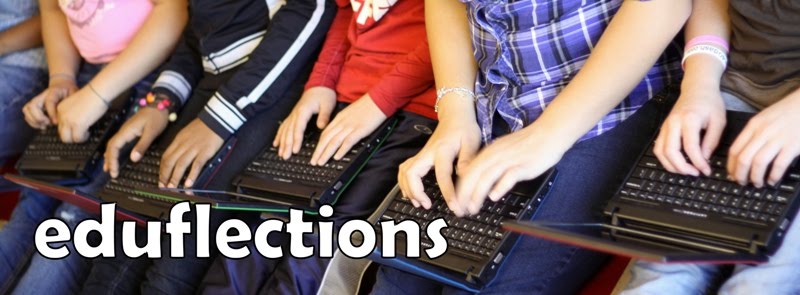One thing that I've observed that makes a huge difference in student motivation is HOW the students learn the content. I've written other blog posts on this subject (see An Afternoon in Pleasantville and A Tale of Two Tools and Learning Inside the Box) but this past week, we've put a little different twist on it. We are working on the 10th Edition of the Coast to Coast Chronicles. The students wanted to learn more about the scientific method for this edition.
One of the collaborative projects we are doing is a Voice Thread of poetry on different science topics.This is a way for the students to connect, broaden their horizons in the field of science, and sharpen their poetry writing skills. We are working directly with a 3rd grade class in our building along with the students across the country. For this activity my students and the 3rd graders were put into heterogeneous groups across the grade levels. The first day, they brainstormed different topics that interested them in science. Because my students had just had Innovation Day, they were really thinking outside of the box. My learners did an amazing job of guiding the 3rd graders into topics in which they were unfamiliar. The conversations were amazing. When the groups had a time to add their ideas to a words splash, because of the way that my students had encouraged and nurtured their ideas, all of the students participated in sharing their thoughts and why that topic was of interest to them as a group.
The second time we met, the learners began building context and meaning with different types of poetry. Because SimplyBox has closed their site, we moved to LiveBinders. Some of my previous students (who are now in 6th grade) and I created a Poetry LiveBinder of examples of different types of poetry. As with all genres of writing, I want my students to read real examples (mentor texts) to building their understanding of the characteristics of that type of writing. As one student said, "If I want to write great poetry, I need to read great poetry." With the LiveBinders, you can create a collection of URLs, files, images, video or text on a particular topic. It is a great collaborative tool because you can invite collaborators to add to the binder. It also allows the user to embed it into another site, which made it easy for my students to access.
As the writers were reading and discussing the different genres of poetry, the 3rd grade teacher and I were moving around the room, joining groups, listening to their conversations and asking guiding questions. They were already selecting a genre that they wanted to compose. What was validating to hear was that they weren't just choosing a particular genre randomly, they were thinking about how that genre would support their science topic. All 50+ of these students were engaged in deep and meaningful conversations. With their previous experience, my students already knew where this was headed and guided their younger partners who stepped up to the challenge and joined right in the conversations.
Before they began composing, the learners set the criteria for their writing. This is where the real evidence of the learning manifested itself; not just my students but also the 3rd graders had a clear understanding of not only their genre of poetry, but also what things needed to be included with their topic, the audience and the purpose. As they began creating their poetry, they divided up the work. In most groups, you had a researcher to check facts, a recorder to write the ideas, and editor/time keeper, and an illustrator. With this lesson, everyone, no matter their exceptionalities, were able to successfully participate.
Of course the enthusiasm was intoxicating...all of the learners enjoyed themselves and they gained a much deeper understanding of poetry and their science topic. When kids complain about having to pack up to go home because they want to keep reading and writing, you know you've found a winning idea.


No comments:
Post a Comment